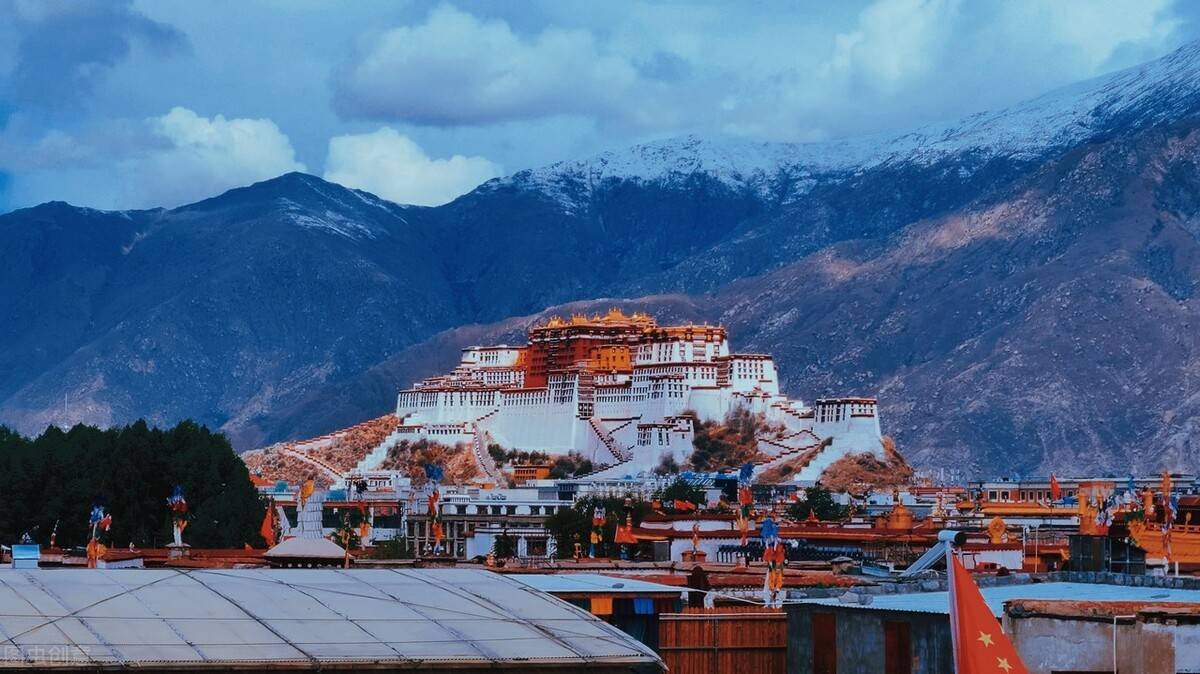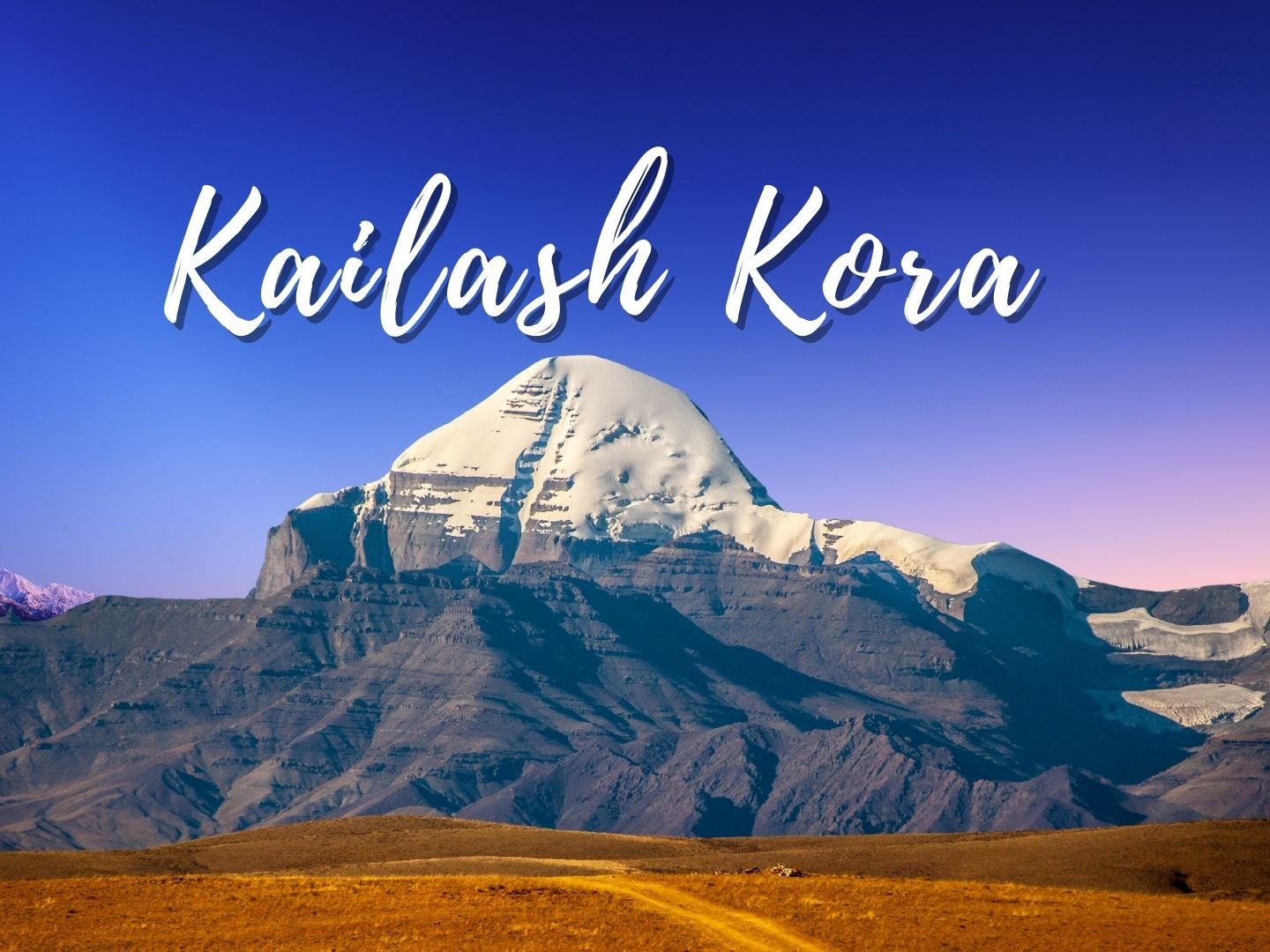Tingri, known in Tibetan as “དིང་རི་རྫོང་།” meaning “The tranquil hill,” is a county rich in history and natural beauty, nestled in the southern part of Tibet’s Autonomous Region, right at the heart of the Himalayas. It’s one of Tibet’s border counties, playing a pivotal role in connecting various regions.
Tingri is surrounded by majestic neighbors: Lhatse County to the east, Saga County and Dinggyê County, Nepal to the south, Nyalam County to the west. Covering an area of 13,860 square kilometers, Tingri spans from 27.8 to 29.1 degrees north latitude and 86.2 to 87.7 degrees east longitude. Established in June 1960, the county has evolved over the years, with its government currently based in Shelkar Town, referred to as “New Tingri” by locals. As of June 2021, Tingri is home to approximately 61,785 residents, with Tibetans making up 99.9% of the population.

Administration divisions of Tingri County
Tingri County is divided into 2 towns and 11 townships.
| Name | Chinese | Hanyu Pinyin | Tibetan | |||
|---|---|---|---|---|---|---|
| Towns | ||||||
| Shelkar Town | 协格尔镇 | Xiégé’ěr zhèn | ཤེལ་དཀར་གྲོང་རྡལ། | |||
| Gangga Town | 岗嘎镇 | Gǎnggā zhèn | སྒང་དགའ་གྲོང་རྡལ། | |||
| Townships | ||||||
| Tashi Dzom Township | 扎西宗乡 | Zhāxīzōng xiāng | བཀྲ་ཤིས་འཛོམས་ཤང་། | |||
| Ronxar Township | 绒辖乡 | Róngxiá xiāng | རོང་ཤར་ཤང་། | |||
| Qutang Township | 曲当乡 | Qǔdāng xiāng | ཆུ་ཐང་ཤང་། | |||
| Cogo Township | 措果乡 | Cuòguǒ xiāng | མཚོ་སྒོ་ཤང་། | |||
| Qulho Township | 曲洛乡 | Qǔluò xiāng | ཆུ་ལྷོ་ཤང་། | |||
| Chamco Township | 长所乡 | Zhǎngsuǒ xiāng | གྲམ་མཚོ་ཤང་། | |||
| Nyixar Township | 尼辖乡 | Níxiá xiāng | ཉི་ཤར་ཤང་། | |||
| Zagor Township | 扎果乡 | Zhāguǒ xiāng | རྩ་སྐོར་ཤང་། | |||
| Kaimar Township | 克玛乡 | Kèmǎ xiāng | གད་དམར་ཤང་། | |||
| Pain’gyi Township | 盆吉乡 | Pénjí xiāng | ཕན་སྐྱིད་ཤང་། | |||
| Gyaco Township | 加措乡 | Jiācuò xiāng | བརྒྱ་ཚོ་ཤང་། | |||
Geography and Climate of Tingri: The Nature’s Majesty
Majestic Landscapes
Tingri County boasts an impressive array of geographical features and climates, setting it apart as a unique destination. The county’s terrain is dominated by the towering heights of the Himalayas, including the world-renowned Mount Everest and Cho Oyu, which define the high mountain areas of the region. Additionally, the Pengqu River valley, with its alluvial plains and sloped terrains, alongside the Lagyab Rong and Manyara mountain ranges, showcases the diverse topography that Tingri has to offer.
Climate Wonders
Experts categorize Tingri’s climate as a temperate semi-arid monsoon climate, characterized by long hours of sunshine, significant diurnal temperature variations, and a generally dry atmosphere. Annually, the region enjoys 3,326.5 hours of sunshine, receives about 319 millimeters of precipitation, and experiences an average temperature of just 0.7°C. Despite its harsh weather conditions, including droughts, frosts, and sandstorms, Tingri’s natural beauty remains undiminished, making it a place of rugged allure.
A Glimpse into Tingri’s Economy
Tingri County, nestled in the heart of Tibet, represents a perfect blend of farming and herding traditions. With a sprawling 8.9 thousand hectares of arable land, the county thrives on agriculture, cultivating barley, wheat, and peas among its primary crops. The vast pastures covering 133,200 hectares are home to a variety of livestock including yaks, cattle, sheep, goats, and horses, illustrating the county’s pastoral lifestyle.
Unique Local Products
Tingri is renowned for its distinctive local products that not only reflect its rich cultural heritage but also its resourceful land. Among these, silver belt buckles, silver bowls, and pottery stand out as emblems of local craftsmanship. The region is also a treasure trove of medicinal herbs like cordyceps, goldthread, and snow lotus, contributing to its reputation as a source of precious traditional medicines.
Mineral Wealth and Wildlife
Abundant mineral resources such as lead, zinc, antimony, tungsten, coal, graphite, quartz, and mica bless the county, enriching its economic diversity. An array of wildlife, including snow leopards, Himalayan musk deer, Himalayan tahr, leopard cats, red pandas, and Tibetan wild donkeys, inhabit Tingri’s wild landscapes, creating a haven for nature enthusiasts. Medicinal herbs like angelica, astragalus, picrorhiza, ephedra, and ginseng further enrich the biodiversity of the region.
Tourism and Transportation: Gateway to Adventure
Connecting Roads and Routes
All 21 townships within Tingri County are accessible by road, with over 60% of the villages reachable by car. The China-Nepal Highway runs through the county, providing direct access to Lhasa via Shigatse, a journey of 684 kilometers. Shelkar Town, the governmental seat of Tingri, is conveniently located 7 kilometers from National Highway 318 and serves as a critical juncture for travelers heading to Mount Everest and beyond.
Travel Tips and Accommodations
- Getting There: Shigatse is 242 kilometers away from Tingri, connected by a well-maintained asphalt road. Travelers can opt for buses, self-drive, or chartered vehicles, with charter costs ranging from 700 to 1100 RMB.
- Staying in Tingri: Accommodations in Old Tingri, such as Hahu Hotel with hot showers, and accommodations with spectacular views of Mount Everest and Cho Oyu, like the Snow Leopard Hostel, cater to various preferences. New Tingri offers more sophisticated lodging options such as the Everest Hotel, a two-star establishment equipped with a business center and shopping facilities, making it easier for travelers to venture to Mount Everest.
- Mount Everest Visitors: For those aiming to conquer or visit the base camp of Mount Everest, New Tingri is the starting point, located just 60 kilometers away from the climbers’ base camp. Necessary permits and checks are conducted at the climbing checkpoint near Pengqu Bridge.
Essential Traveler Advice
Tingri County, being a border area, requires visitors to obtain a border pass from the public security departments. It’s advisable to process this documentation in one’s hometown or through travel agencies and rental companies in Tibet, albeit with a service fee for the convenience provided.
Exploring the Sacred Temples of Tingri County
Tingri County, nestled in the breathtaking landscapes of Tibet, is home to an array of sacred temples, each carrying centuries of history and spiritual significance. These temples serve not only as places of worship but also as custodians of Tibetan Buddhism’s rich heritage. Let’s embark on a journey through some of Tingri’s most revered temples, exploring their unique attributes and the tranquility they offer to both pilgrims and travelers alike.
The Spiritual Heart of Shelkar Town
Shelkar Town, the administrative center of Tingri, hosts several important temples that attract devotees and tourists:
- Riwoche Monastery:
- Danzo Monastery and Chachen Monastery:
























